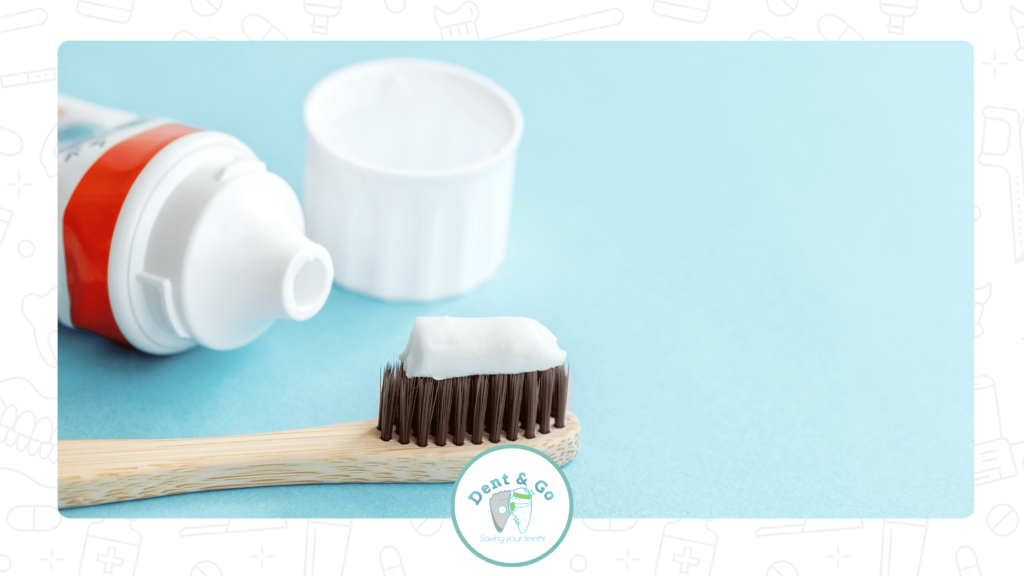Fluoride plays a vital role in keeping our teeth strong and cavity-free. It helps protect enamel, reduces the risk of tooth decay, and even reverses early stages of dental damage. But what happens when we don’t get enough fluoride? Fluoride deficiency can make our teeth more vulnerable to decay and other oral health issues.
Let’s explore what fluoride deficiency is, its signs, and how to ensure you’re getting enough to maintain a healthy smile.
What Is Fluoride Deficiency?
Fluoride is a naturally occurring mineral found in water, certain foods, and dental products like toothpaste and mouthwash. It strengthens tooth enamel, making it more resistant to acid attacks from bacteria and sugary foods.
Fluoride deficiency occurs when a person isn’t getting enough fluoride, leading to weaker enamel and a higher risk of cavities. This is more common in areas where fluoride levels in drinking water are low or in people who don’t use fluoride-containing dental products.
Signs of Fluoride Deficiency
If your teeth aren’t getting enough fluoride, you may start noticing some of these signs:
1. Increased Risk of Cavities
One of the earliest and most common signs of fluoride deficiency is frequent cavities. Without fluoride, tooth enamel weakens, making it easier for bacteria and acids to cause decay. If you find yourself needing fillings more often, fluoride deficiency could be a factor.
2. Weak or Worn-Down Enamel
Fluoride helps remineralise enamel, keeping it strong. Without it, your enamel may become thin or rough, increasing sensitivity and the likelihood of dental problems.
3. Tooth Sensitivity
Weakened enamel exposes the inner layers of the tooth, making them more sensitive to hot, cold, and sweet foods. If you’ve recently developed tooth sensitivity, fluoride deficiency might be playing a role.
4. White or Brown Spots on Teeth
In some cases, a lack of fluoride can lead to demineralisation, causing visible changes in tooth colour. White or brown spots on the teeth may indicate early stages of decay, signalling that your enamel is not getting the protection it needs.
5. Higher Risk of Gum Disease
Fluoride not only strengthens teeth but also helps keep bacteria at bay. Without enough fluoride, bacteria can thrive, increasing the risk of gum disease, inflammation, and even infections.
How to Prevent Fluoride Deficiency
If you suspect you’re not getting enough fluoride, there are simple ways to incorporate it into your routine:
✔ Use Fluoride Toothpaste – Brushing with a fluoride-containing toothpaste twice a day is one of the best ways to protect your enamel.
✔ Drink Fluoridated Water – If your local water supply contains fluoride, drinking tap water can help strengthen your teeth.
✔ Use Fluoride Mouthwash – A fluoride rinse can provide an extra boost of protection, especially if you’re prone to cavities.
✔ Eat Fluoride-Rich Foods – Some foods, like tea, fish, and certain fruits and vegetables, naturally contain fluoride.
✔ Consider Fluoride Treatments – If you have frequent cavities or weak enamel, your dentist may recommend professional fluoride treatments for added protection.
Fluoride is essential for strong, healthy teeth. If you’re experiencing cavities, sensitivity, or signs of enamel wear, it might be worth considering whether you’re getting enough fluoride. Simple changes to your daily routine can help protect your smile and prevent future dental issues.
If you’re unsure about your fluoride intake, consult your dentist for advice on the best fluoride options for you. A little extra fluoride could make all the difference in maintaining a healthy, cavity-free smile!

